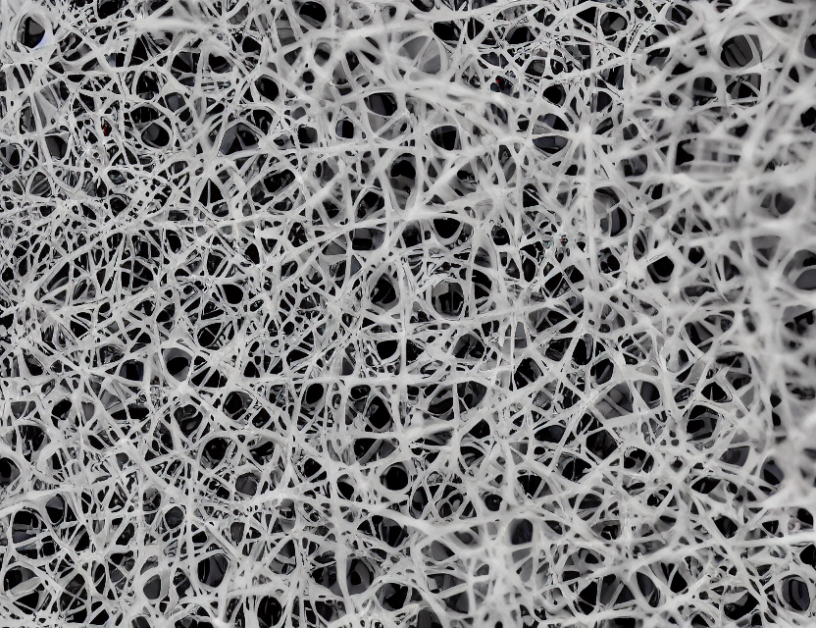This study examines how people view and process information in complex real-world environments, specifically in urban landscapes. The researchers found that participants spend more time looking at the textual components of the linguistic landscape compared to the image components. This is likely due to the fact that text provides more information than images, especially in advertising materials where designers must make the most of limited space to convey information.
The study also compared the findings to previous research on print advertisements and found some differences. For example, participants tend to look at areas with lower information density in the later stages of image viewing, whereas in real-world environments, participants tend to focus more on areas with higher information density.
Overall, this study highlights the importance of considering the communicative function of language in urban landscapes and how it affects how people process information. The findings have implications for designers and marketers who create advertisements and signs in public spaces. By understanding how people view and process information in these environments, they can create more effective and informative designs that communicate their message clearly.
Analogy
Imagine walking through a busy city street with multiple billboards and signs competing for your attention. Just like how you might spend more time reading the details of a particular ad or sign, people tend to focus more on the textual components of the linguistic landscape in real-world environments. This is because text provides more information than images, like reading the fine print on a contract versus glancing at a picture of a product.
Similarly, when viewing complex images, you might initially focus on areas with higher information density, similar to how you might quickly scan a page of text for important details. However, as you continue to look at the image, you might start to pay more attention to areas with lower information density, much like how you might spend more time reading and analyzing specific parts of a contract after initially glancing at it.
Overall, understanding how people process information in complex environments can help designers create more effective and informative designs that communicate their message clearly. By using everyday language and engaging analogies, we can demystify complex concepts and make them easier to understand.



